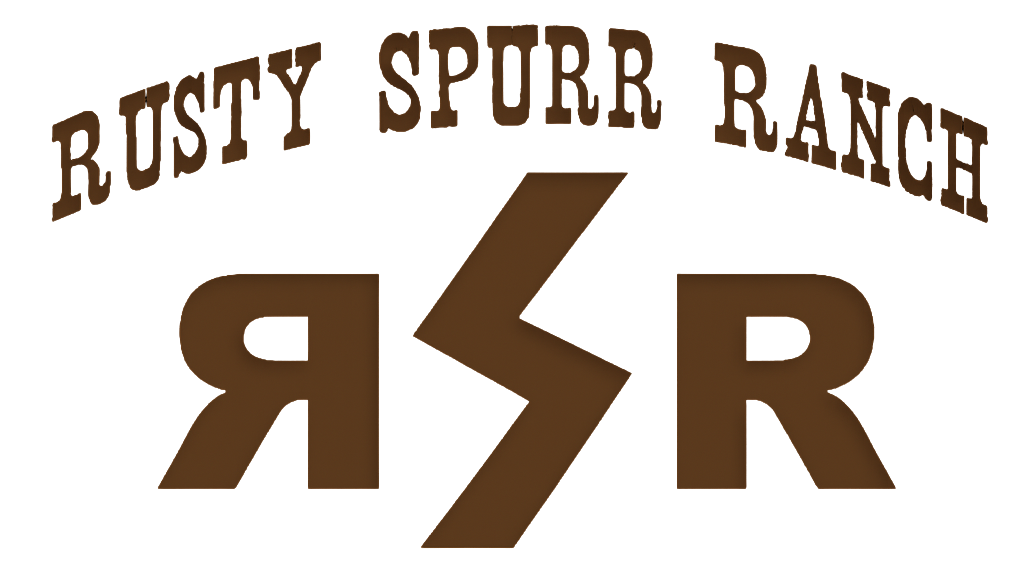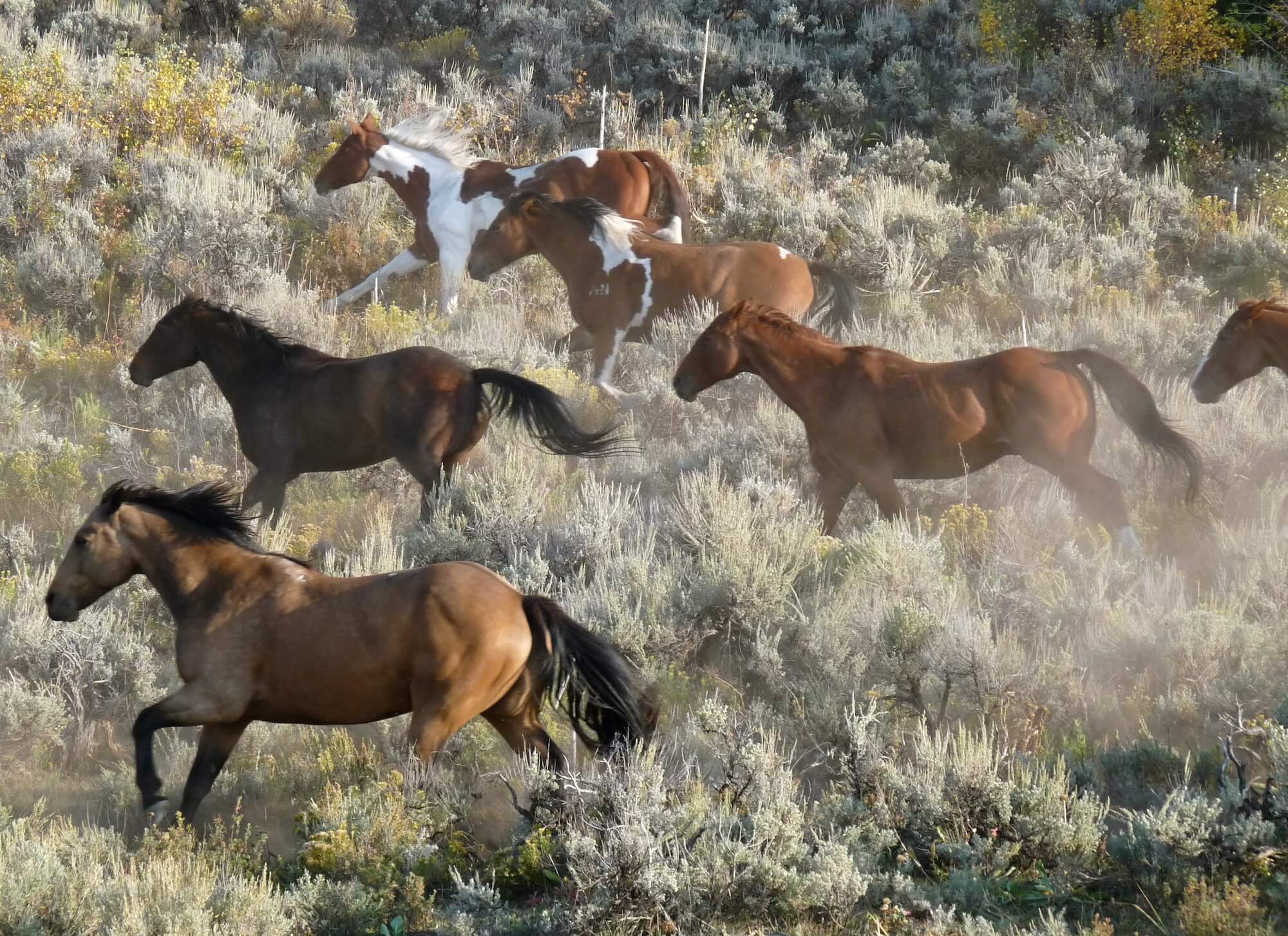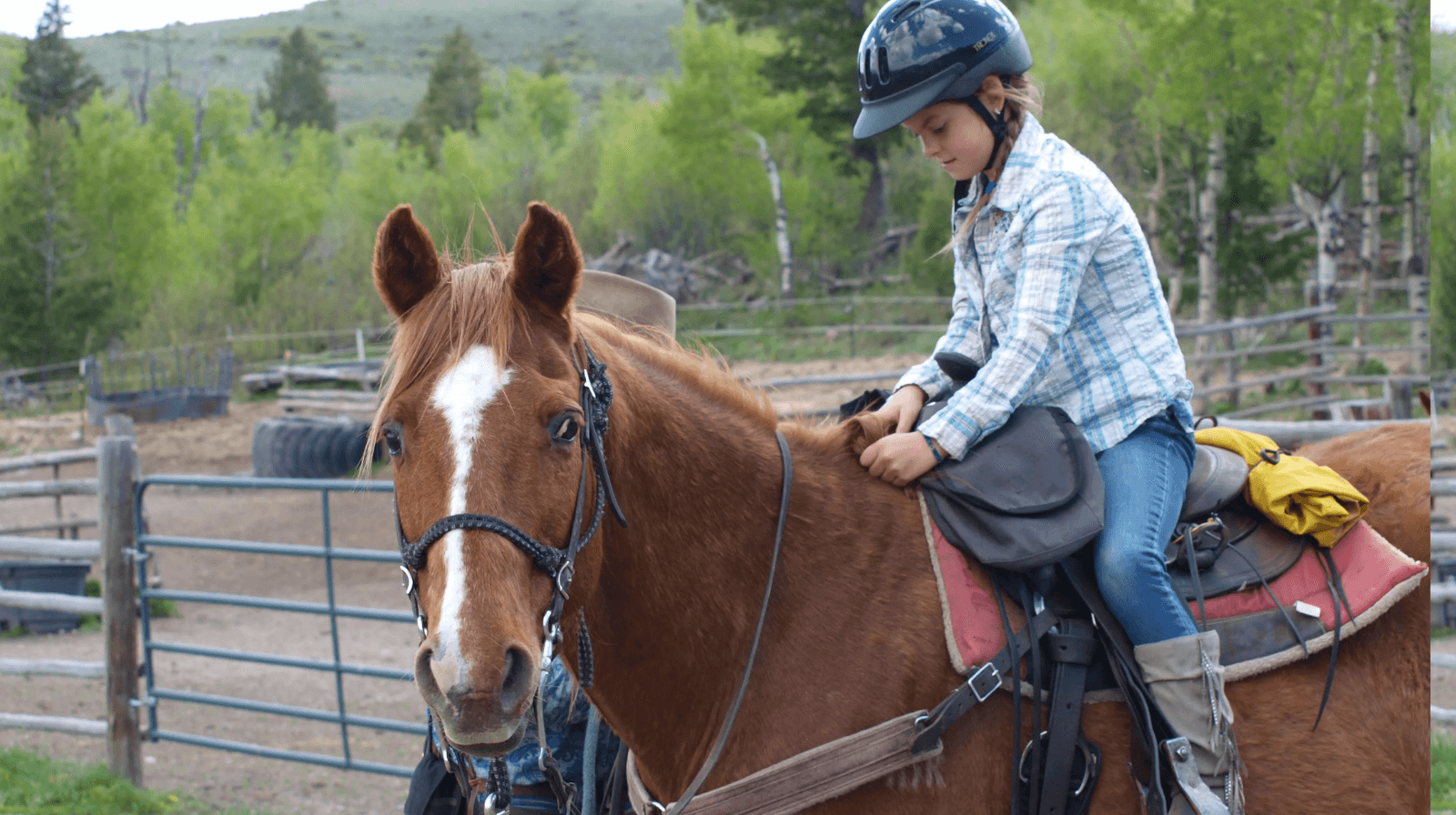
Unlock the Secrets to Safe Horse Handling: Tips Every Rider Needs to Know!
Imagine you’re out on a peaceful trail ride, the sun shining, the birds singing, and the gentle sway of the horse beneath you. This idyllic scene can quickly turn stressful if you don’t know how to handle your horse safely. Safe horse handling isn’t just for the experts; it’s essential for anyone who spends time around these magnificent animals. Understanding the basics can make your experience more enjoyable and protect both you and the horse from harm.
Safe horse handling is all about creating a trusting relationship with your horse. When you handle a horse correctly, you build trust, ensuring that both you and the horse feel secure. This connection makes all activities, from grooming to riding, smoother and safer. Let’s explore the key aspects of safe horse handling, from understanding horse behavior to mastering safe riding practices. Whether you’re a seasoned rider or a beginner, these tips will help you become more confident and competent around horses.
We’ll cover how to read a horse’s body language, safely approach and lead a horse, and the best practices for grooming and tacking up. By the end, you’ll have a solid foundation in safe horse handling, setting the stage for many enjoyable rides ahead.
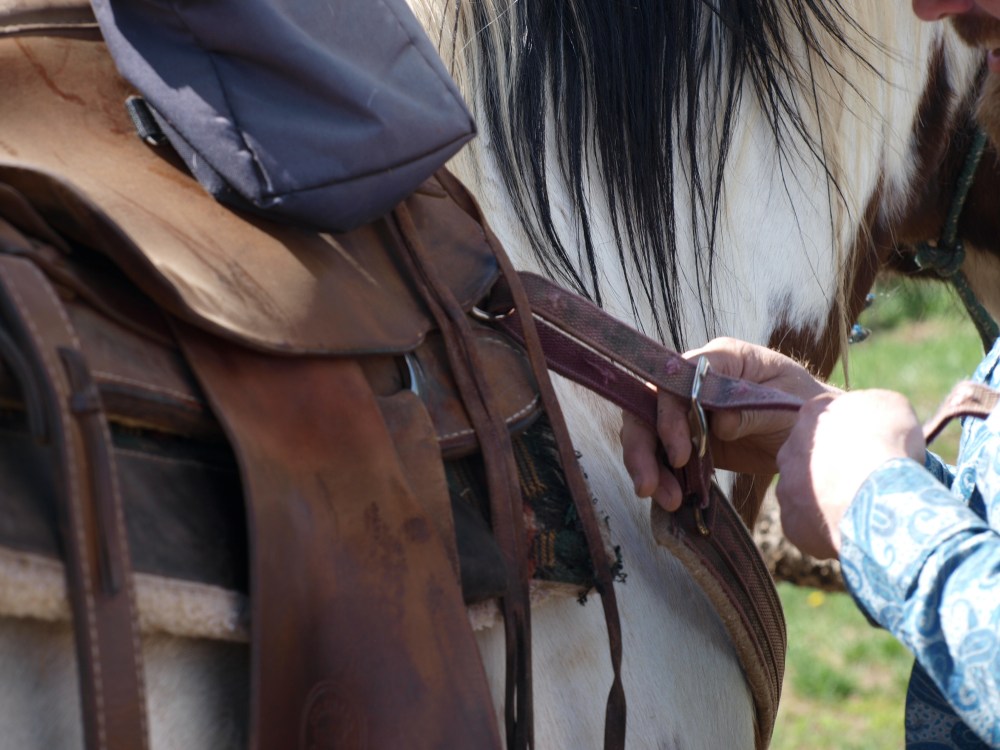
A guide checks the tack on a trail horse before the ride.
What is Safe Horse Handling?
Safe horse handling involves using techniques and practices that ensure the safety of both the handler and the horse. It includes understanding horse behavior, using appropriate equipment, and maintaining a calm and confident demeanor. The goal is to build a trusting relationship where the horse feels secure and the handler can effectively manage the horse’s actions.
At its core, safe horse handling is about respect and communication. Horses are large, powerful animals with their own instincts and ways of understanding the world. By learning to read their signals and respond appropriately, handlers can prevent accidents and create a harmonious environment. Safe handling isn’t just about preventing injuries. It’s also about making every interaction with your horse positive and stress-free.
Benefits:
Practicing safe horse handling has many benefits. For one, it significantly reduces the risk of accidents and injuries. Horses that are handled safely are more likely to be calm and cooperative, making tasks like grooming, tacking up, and riding much easier. Additionally, safe handling techniques help build a strong bond between the horse and the handler, fostering mutual trust and respect.
Another key benefit is the enhancement of the overall riding experience. When a horse feels safe and confident, it’s more likely to perform well and respond positively to commands. This leads to more enjoyable and successful rides, reinforcing the importance of safe horse handling for all riders. For detailed guidelines on horse safety, you can refer to the American Association of Equine Practitioners.
Understanding Horse Behavior
Natural Instincts:
Horses are prey animals, which means their natural instincts are geared toward survival. They are always on the lookout for potential threats and can react quickly to sudden movements or unfamiliar sounds. Understanding these instincts is crucial for safe horse handling. For instance, horses have a strong flight response—they are more likely to run away from danger than to confront it. Knowing this, you can avoid startling your horse and handle situations more calmly.
Body Language:
Reading a horse’s body language is like learning a new language. Horses communicate through subtle cues that can tell you a lot about their mood and intentions. For example, a horse with ears pricked forward is usually alert and interested, while ears pinned back can indicate irritation or aggression. The position of a horse’s head, the movement of its tail, and even its facial expressions are all important indicators. By learning to interpret these signals, you can better predict and respond to your horse’s behavior. For more insights on understanding horse behavior, you can refer to the Horse Safety Handbook by Penn State University.
Signs of Distress:
Recognizing when a horse is stressed or scared is vital for preventing accidents. Common signs of distress include wide eyes, flared nostrils, and rapid breathing. A horse may also paw at the ground, swish its tail aggressively, or try to move away from the perceived threat. If you notice these signs, it’s important to stay calm and help your horse feel safe. Speak softly, move slowly, and give the horse space if needed.
Approaching and Leading a Horse
Approaching a Horse:
Approaching a horse safely is crucial in building trust and ensuring both your safety and the horse’s comfort. Always approach a horse from the side, never directly from the front or rear. Horses have blind spots in these areas and can be easily startled if they don’t see you coming. Begin by making your presence known from a distance, speaking softly or making gentle noises. As you get closer, keep your body relaxed and move steadily.
When you reach the horse, extend your hand slowly, allowing the horse to sniff and get used to your scent. Avoid sudden movements, and always keep an eye on the horse’s body language. If the horse seems nervous or pulls away, take a step back and give it some time before trying again. Patience and calmness are key in gaining a horse’s trust.
Leading a Horse:
Leading a horse effectively requires both confidence and control. Always use a lead rope attached to a halter. Stand on the horse’s left side, holding the lead rope about 6-12 inches below the halter with your right hand. Your left hand should hold the excess rope, ensuring it doesn’t drag on the ground where it could trip you or the horse.
Begin walking forward with a steady pace, keeping your body upright and relaxed. Your confidence in your movements will encourage the horse to follow your lead. If the horse hesitates, gently tug on the rope to prompt it forward, but never yank or pull harshly. Maintain a respectful distance, ensuring you’re not walking too close to the horse’s head or shoulder.
Maintaining control and confidence is essential. Horses are sensitive to their handler’s emotions and will mirror your confidence or anxiety. By leading with calm assurance, you help the horse feel secure and cooperative, making the handling process smooth and safe for both of you. For more detailed insights on understanding horse behavior, you can refer to resources such as Horse and Rider magazine.
Grooming and Tacking Up Safely
Grooming:
At Rusty Spurr Ranch, we take pride in ensuring that our horses are well-groomed and ready for each adventure. Grooming isn’t just about keeping our horses clean; it’s a time for us to bond with them and check for any injuries. We always start by securing the horse in a safe, calm area like our grooming stalls. With the horse safely tied, we begin grooming with a curry comb, moving in circular motions to loosen dirt and stimulate the skin. We avoid sensitive areas like the face and legs to keep the horse comfortable.
Next, we use a stiff brush to remove the loosened dirt and debris, followed by a soft brush to smooth the coat and bring out its natural shine. Cleaning the hooves is a crucial part of our grooming routine. We carefully pick out each hoof, removing stones and dirt to prevent any discomfort or injury. This helps us catch any hoof problems early. Finally, we wipe the horse’s face with a clean cloth and detangle the mane and tail with a mane comb.
Tacking Up:
When it’s time to saddle up at Rusty Spurr Ranch, we follow careful steps to ensure the horse’s comfort and safety. We start by placing a saddle pad on the horse’s back, making sure it’s centered and flat. Then, we gently position the saddle on top of the pad. We attach the girth, fastening it on one side before moving to the other, tightening it gradually. This lets the horse adjust and breathe naturally. We check the tightness by slipping two fingers between the girth and the horse’s side—it should be snug but not too tight.
For the bridle, we stand to the side of the horse’s head, holding the bridle in our left hand while guiding the bit into the horse’s mouth with our right hand. We lift the bridle over the horse’s ears, making sure the straps are flat and not twisted. We adjust the fit to be secure but comfortable, avoiding any pinching or pressure points.
By following these careful grooming and tacking up steps, we ensure that our horses are healthy, comfortable, and ready for a safe ride. At Rusty Spurr Ranch, we believe that proper preparation leads to a great experience for both our guests and our horses.
Safe Riding Practices
Mounting and Dismounting:
Mounting and dismounting a horse safely are fundamental skills every rider needs to master. At Rusty Spurr Ranch, we guide our guests through these steps to ensure a smooth and safe experience. Always mount from the horse’s left side. Start by checking that the girth is tight, then gather the reins in your left hand and place your left foot in the stirrup. With a firm grip on the saddle, push yourself up and swing your right leg over the horse’s back, gently lowering yourself into the saddle.
When it’s time to dismount, bring the horse to a complete stop and remove your feet from the stirrups. Lean forward, swing your right leg over the horse’s back, and carefully slide down to the ground, ensuring a safe and controlled dismount.
Basic Riding Safety:
Ensuring your safety and that of your horse during rides is our top priority at Rusty Spurr Ranch. Key safety tips include always wearing a helmet and appropriate riding boots with a heel to prevent your foot from slipping through the stirrup. Keep your heels down and your toes up to maintain a secure seat. Maintain a balanced posture, sitting upright with your shoulders back and eyes forward.
It’s essential to communicate clearly with your horse using gentle, consistent cues. Avoid sudden movements or loud noises that might startle the horse. Riding with a buddy or under the supervision of an experienced guide can add an extra layer of safety, especially for beginners.
Importance of Wearing Appropriate Gear:
Wearing the right gear is crucial for a safe and enjoyable riding experience. At Rusty Spurr Ranch, we recommend wearing closed-toe and close-heeled shoes to prevent your foot from slipping through the stirrup. Gloves can help improve your grip on the reins and prevent blisters. Additionally, wearing long pants can protect your legs from chafing and provide an extra layer of protection.
By following these safe riding practices, you can ensure a safer and more enjoyable experience for both you and your horse.
Handling Horses in Different Situations
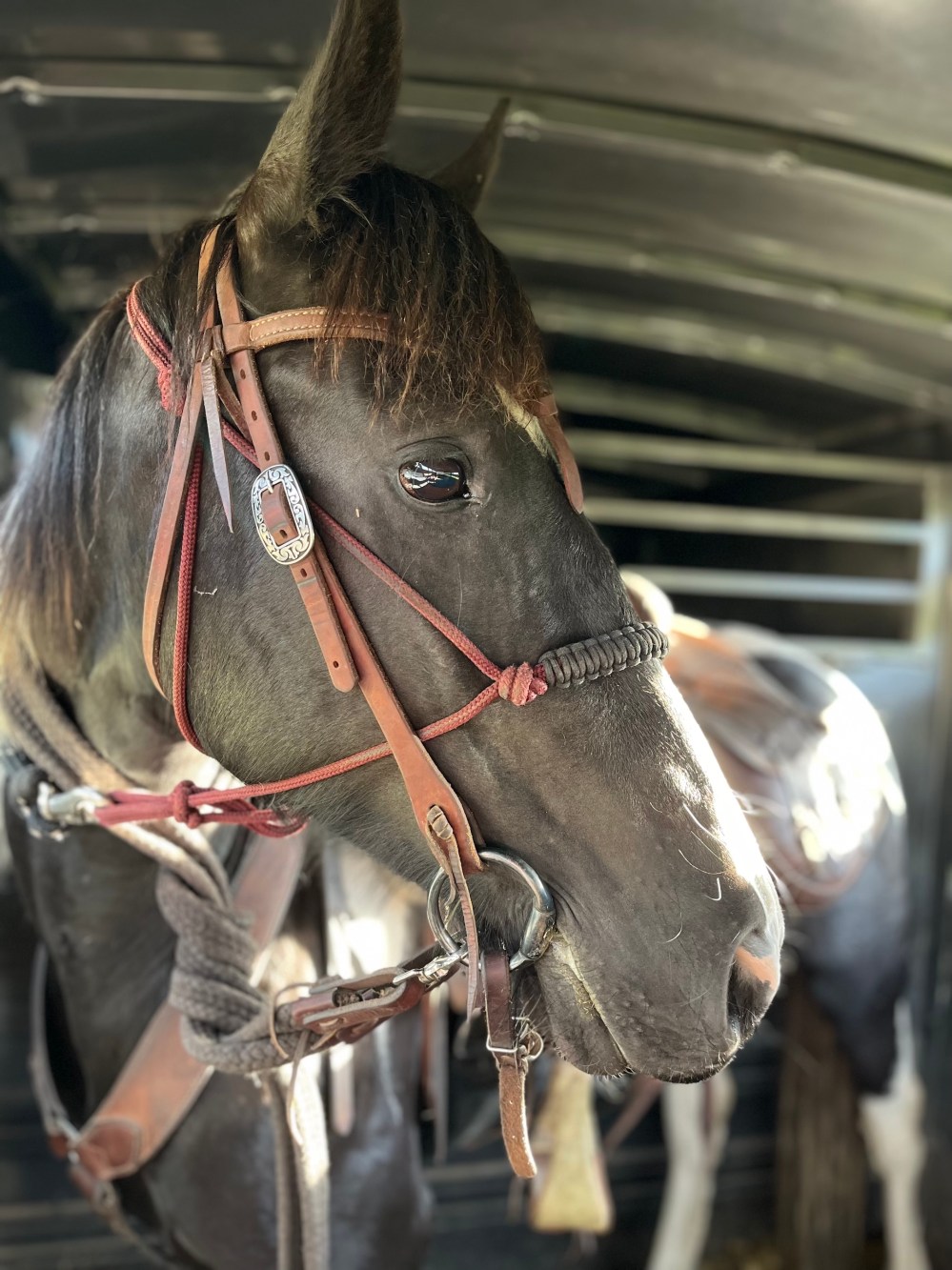
A trail horse safely tacked up before a trail ride at Rusty Spurr Ranch
In the Stable:
Handling horses safely in the stable is essential for maintaining a calm and controlled environment. At Rusty Spurr Ranch, we emphasize the importance of awareness and respect for the horse’s space. Always approach a horse from the side and speak softly to let it know you’re there. When moving around the horse, keep a hand on its body to maintain contact and avoid surprising it. We also ensure all stable doors and gates are securely latched to prevent accidental escapes.
On a Non-Nose-to-Tail Ride:
Non-nose-to-tail rides offer a more dynamic and engaging experience for riders and horses alike. These rides require more skill and awareness from the rider. At Rusty Spurr Ranch, we instruct our guests on maintaining proper spacing between horses to prevent crowding and potential kicks. Stay aware of your surroundings and other riders, and use gentle, clear signals to communicate with your horse. Always be prepared to respond to changes in terrain and environment, guiding your horse with confidence and calmness.
Maintaining control is key on these rides. Keep a steady pace and avoid sudden movements or loud noises that could startle the horse. It’s also crucial to maintain a relaxed but alert posture, allowing you to react quickly if necessary.
During a Cattle Drive:

A group of riders on a cattle drive at Rusty Spurr Ranch.
Cattle drives are a unique and exciting aspect of riding at Rusty Spurr Ranch, but they require special considerations for safe horse handling. Begin by familiarizing yourself with the cattle and understanding their movements. Horses can be sensitive to the unpredictability of cattle, so maintain a calm demeanor and steady control over your horse.
Position yourself strategically, allowing space between your horse and the cattle to avoid accidental collisions. Use gentle but firm cues to direct your horse, keeping it focused on the task at hand. Be mindful of the terrain and adjust your riding as needed to navigate through open fields, hills, and streams.
Communication with other riders is also crucial during a cattle drive. Stay aware of your surroundings and be prepared to assist others if needed. By following these guidelines, you can enjoy a safe and rewarding cattle drive experience.
Common Mistakes and How to Avoid Them
When going out on a guided ride, even experienced riders can make mistakes that affect their safety and enjoyment. One frequent mistake is approaching the horse too quickly or from a blind spot, which can startle the horse. Always approach from the side, speaking softly to let the horse know you’re there. Another common error is not paying attention to the guide’s instructions. Guides are there to ensure your safety and the well-being of the horses, so it’s important to listen carefully and follow their advice.
A common mistake is being too tense or nervous, which horses can sense and react to. Maintaining a calm and confident demeanor helps keep the horse relaxed. Also, riders often grip the reins too tightly, causing the horse to become anxious. It’s crucial to hold the reins gently but firmly, providing clear and consistent cues.
Prevention Tips:
To avoid these mistakes, take your time and move calmly around the horse. Always follow the guide’s instructions closely, as they know the horses and the terrain best. Before mounting, make sure to ask the guide any questions you have about the horse or the ride.
Maintaining a relaxed posture and using gentle but clear signals can help keep the horse calm and responsive. Practice deep breathing if you feel nervous, as this can help you relax and transmit calmness to the horse. If you’re unsure about anything during the ride, don’t hesitate to ask the guide for assistance.
By being mindful of these common mistakes and taking proactive steps to avoid them, you can enhance your experience and enjoy a safer, more enjoyable ride with your guide.
Conclusion
Safe horse handling is essential for a rewarding riding experience, whether you’re in the stable, on a trail, or during a cattle drive. By understanding horse behavior, practicing safe grooming and tacking, and following riding safety tips, you can build a strong bond with your horse and ensure both your safety and the horse’s well-being. Remember to always listen to your guides, stay calm, and enjoy the unique adventure that horseback riding offers. Happy trails!
FAQs
How should I approach a horse safely?
Approach a horse from the side, not directly from the front or rear. Speak softly to let the horse know you’re there, and move slowly to avoid startling it.
How do I know if my horse is stressed or scared?
Look for signs like wide eyes, flared nostrils, rapid breathing, and tail swishing. If you notice these, stay calm, speak softly, and give the horse some space.
What should I do if I feel nervous during the ride?
Take deep breaths to relax. Horses can sense your emotions, so staying calm helps keep them calm too. If needed, ask your guide for assistance or advice.
How can I make sure the tack is comfortable for the horse?
The Rusty Spurr Ranch and the guides will handle the tack for you. However, you can check with your guide to ensure everything is properly fitted and comfortable for the horse.
What are the key safety tips for riding?
Always follow the guide’s instructions, maintain a relaxed posture, use gentle but clear signals, and stay aware of your surroundings. Wearing the right gear is also crucial for safety.
Can I ride if I have no experience?
Yes, guided rides at Rusty Spurr Ranch are designed for riders of all levels. Our experienced guides will ensure you have a safe and enjoyable experience.
By addressing these common questions, we aim to enhance your understanding and confidence, ensuring a safe and enjoyable horseback riding experience.
